Standard Letter Template for UK Professional Use
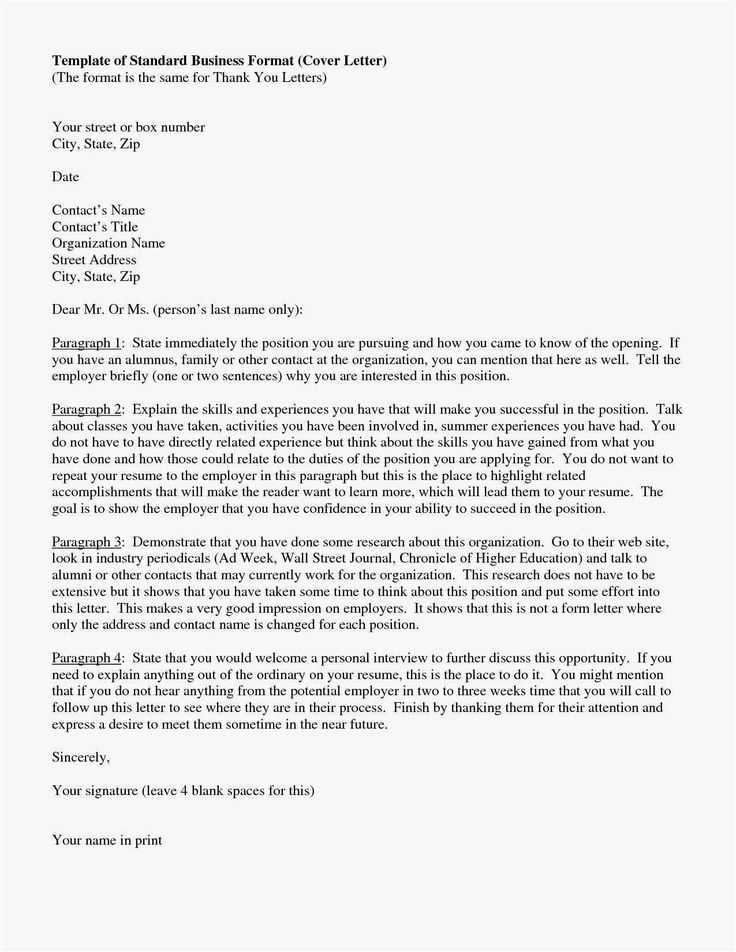
When it comes to formal communication in the UK, having a well-structured document is essential for making a positive impression. The layout and tone of your communication can reflect your professionalism and attention to detail. Whether you’re writing for business or personal matters, following the correct format can help ensure clarity and effectiveness.
In this guide, we will explore the key elements required for crafting a formal message. From the opening address to the closing remarks, every part of the document plays a crucial role in delivering the intended message. Mastering these components will allow you to create correspondence that is both clear and impactful.
Emphasizing clarity and precision will help you avoid confusion, ensuring your reader understands the purpose of your communication without unnecessary complexity. Let’s dive into the essential components and best practices for drafting your documents in the UK style.
Understanding the Standard Letter Format
In the world of formal communication, organizing your content in a clear and consistent manner is essential for professionalism. Each section of your document serves a specific purpose, guiding the reader through the information you wish to convey. The arrangement and structure are as important as the message itself, ensuring that your communication is both efficient and respectful.
The most crucial elements of a properly structured communication include the introduction, the body, and the closing. Each of these sections has a distinct role in helping the reader understand the context and intent of the message. By following the appropriate format, you enhance the clarity and tone of your communication, making it more likely to be received well.
Effective communication relies on the logical flow of ideas, with each part contributing to the overall clarity. Maintaining consistency throughout will not only make your writing more readable but also ensure that the recipient knows exactly what action is expected from them.
Key Components of a UK Letter
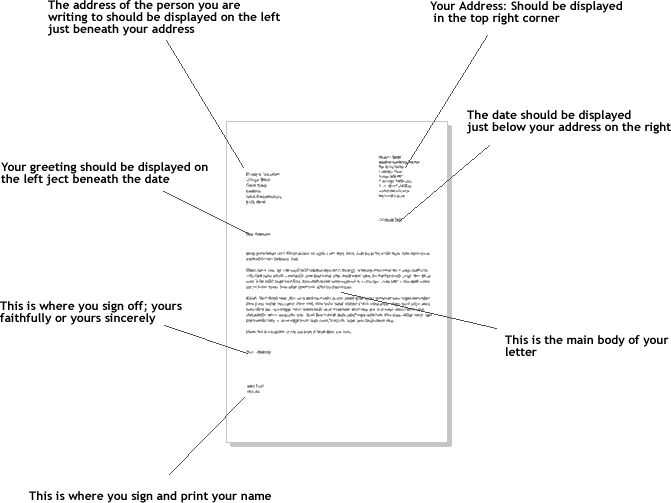
When drafting formal correspondence in the UK, certain parts of the document are essential to ensure proper structure and clarity. These sections guide the reader through the content and help establish the tone of the communication. Each element plays a vital role in presenting your message professionally and effectively.
Heading and Salutation
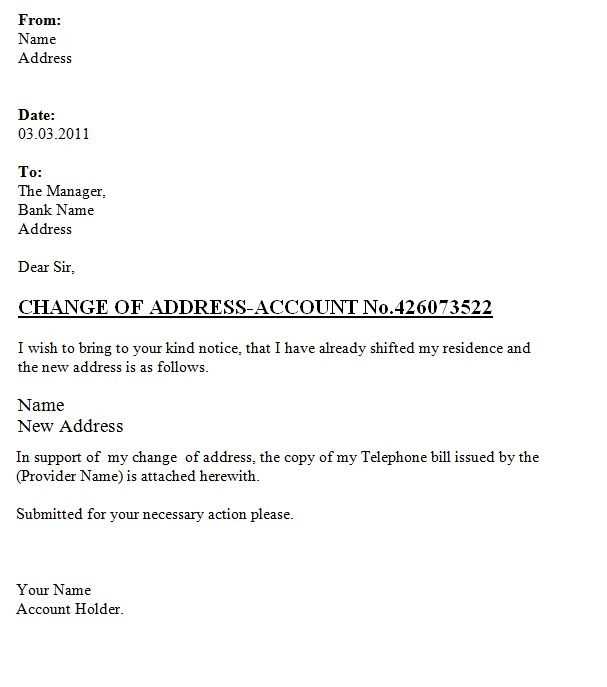
The opening of your communication includes both the sender’s and recipient’s details, usually positioned at the top. Following this, the salutation or greeting is crucial in setting the right tone. It can range from formal expressions such as “Dear Sir/Madam” to more personalized greetings based on the relationship with the recipient. This section serves to establish politeness and professionalism.
Body and Closing
The main body of the communication contains the core message, presented in clear, concise paragraphs. It is important to maintain clarity and focus to ensure that your points are easily understood. The closing section, typically a polite remark, ensures the communication ends on a respectful note, guiding the reader on the next steps or offering further contact information.
Best Practices for Professional Letters
When composing formal communications, adhering to certain guidelines ensures that your message is both professional and clear. These best practices not only reflect well on your skills but also enhance the effectiveness of your correspondence. By following a few key principles, you can ensure that your communication leaves a positive impression on the recipient.
First and foremost, clarity is essential. Be concise and avoid unnecessary jargon, ensuring that your message is easy to understand. Pay attention to tone, maintaining a polite and respectful attitude throughout. Additionally, correct grammar and punctuation are vital in conveying professionalism, making your content more credible and easier to follow.
Lastly, always ensure that your communication is properly structured, with each section logically flowing into the next. This will help the reader easily navigate through the document and grasp the intended message without confusion.
Formatting Tips for Clear Communication
To ensure your written message is easily understood, proper formatting is crucial. The way you structure your document influences how your ideas are received and processed by the reader. By following a few key guidelines, you can make your communication more accessible and efficient, avoiding confusion and enhancing readability.
Start by using consistent fonts and appropriate text sizes for readability. Ensure there is adequate spacing between paragraphs and sections, which helps break up the content and makes it easier to digest. Using bullet points or numbered lists where appropriate can also help organize information clearly, especially when presenting key details or instructions.
Another important aspect is the use of headings and subheadings to guide the reader through the document. This structure allows them to quickly identify the sections most relevant to their needs, improving the overall flow of your message. A well-organized format demonstrates professionalism and ensures your communication is both effective and straightforward.
Common Mistakes to Avoid in Letters
When crafting formal communications, it’s easy to make mistakes that could undermine the professionalism of your message. Being aware of these common errors can help you avoid pitfalls and ensure your correspondence remains effective and respectful. Paying attention to details can make a significant difference in how your message is perceived.
Poor Structure and Organization
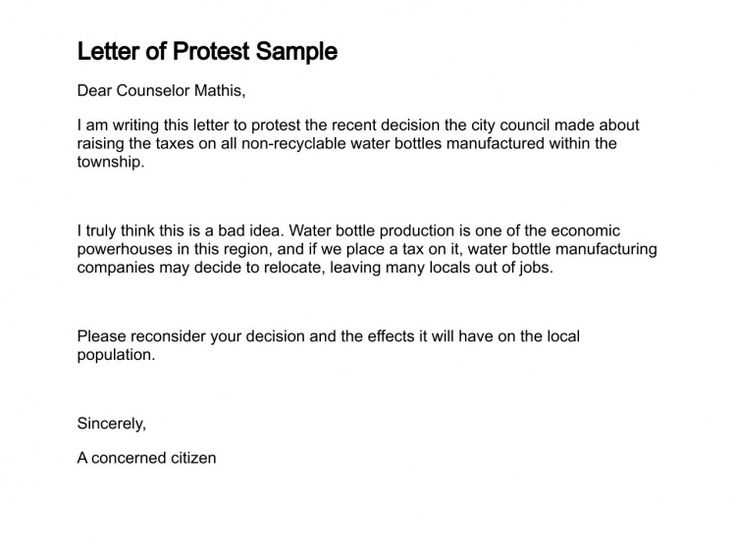
One of the most frequent mistakes is improper organization. A message that lacks clear sections or a logical flow can confuse the reader and weaken your main points. Always ensure that your content is well-structured, with a clear introduction, body, and closing. This allows the recipient to follow your thoughts with ease.
Grammatical and Punctuation Errors
Another mistake to avoid is neglecting grammar and punctuation. Even minor errors can affect the professionalism of your message, leading to misinterpretation. Always proofread your content before sending, ensuring that each sentence is grammatically correct and properly punctuated.
How to Customize Your Letter Template
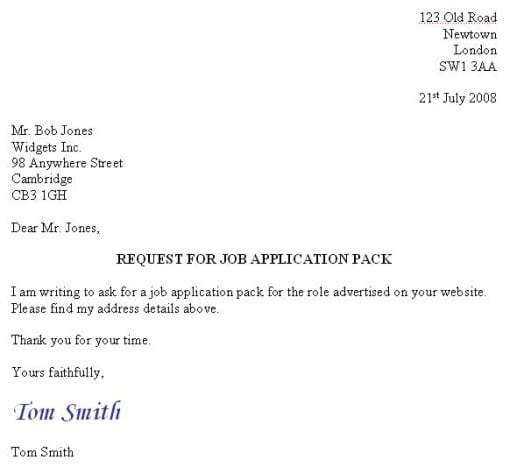
Customizing your communication format allows you to adapt your message to the specific needs of the recipient and the context. Whether you’re sending a formal business note or a more casual request, tailoring the structure ensures your message is clear, relevant, and engaging.
Here are a few steps to customize your communication format:
- Adjust the Heading: Make sure the recipient’s details are accurate, and include your contact information where necessary.
- Personalize the Salutation: Choose an appropriate greeting based on your relationship with the reader, whether formal or informal.
- Modify the Body: Edit the core content to suit the purpose of your message. Make sure to keep the tone consistent throughout the document.
- End with a Relevant Closing: Use a closing phrase that reflects the nature of your communication and the level of formality.
By following these steps, you can ensure your communication is tailored to the situation while maintaining professionalism and clarity.